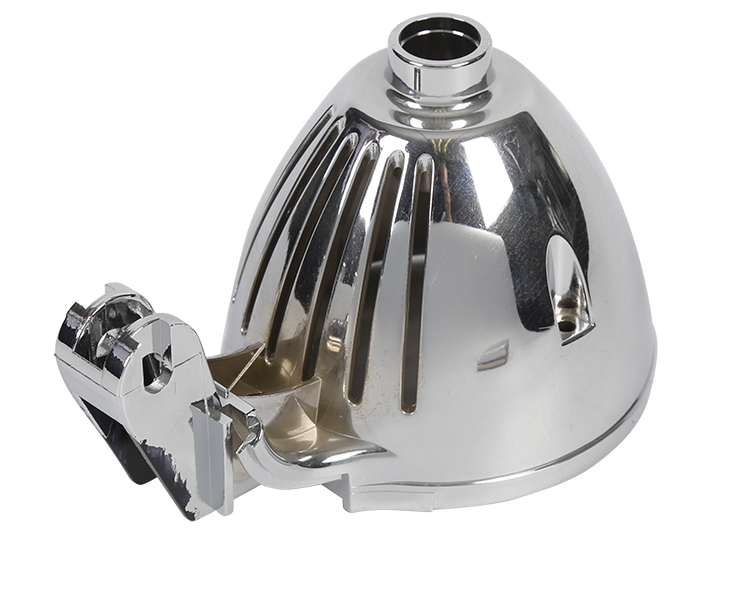Plastic plating is an electroplating process developed with the continuous development of science and technology and the wide application of plastic products, which is widely used in China’s electronic industry, national defense research, household appliances, and daily necessities. The application of the plastic plating process replaces the use of metal materials in the appearance of certain products and saves a large number of metal materials. At the same time, its processing process is relatively simple and its own weight is lighter than that of metal materials. Thus, the weight of the equipment produced by the plastic plating process is also reduced. At the same time, the application of the plastic plating process makes the appearance of plastic parts mechanically stronger, more beautiful, and more durable.
Therefore, the quality of plastic plating is very important. There are many factors that affect the quality of plastic plating. Its plating process, operation, and plastic processing will have a great impact on the quality of plastic plating. Therefore, specific solutions should be taken according to different effects in order to meet the quality requirements of plastic plating.
I. Substrate selection
At present, there are many kinds of plastics in the market, but there are not many kinds of plastics that can be plated, because each plastic has its own characteristics. During the plating process, the degree of bonding between the plastic and metal layers and the similarity of physical properties between the plastic and metal layers must be considered. If the differences are large, it is difficult to ensure their proper performance for use in high-temperature plating environments.
Currently, plastics available in the market for plating, such as ABS and, to a lesser extent, PP. In addition, there are successful plating methods for PSF and PC, but it is difficult.
II. plastic parts modeling
- The thickness of plastic parts should be uniform to avoid shrinkage of plastic parts due to unevenness. After electroplating, the metallic luster will cause more obvious shrinkage at the same time.
At the same time, the wall of plastic parts should not be too thin, otherwise, it is easy to deform during the plating process, poor adhesion of the coating, hardness reduction, and easy to fall off during use. - Avoid blind holes, otherwise, the residual treatment solution inside the blind hole L is not easy to clean, pollutes the next process, and affects the plating quality.
- When plating, if the plastic parts have sharp edges, it is difficult to plating. Sharp edges will not only lead to power generation but also lead to edge coating bumping. Therefore, in the plating process, a rounded corner transition should be chosen as much as possible, and the radius of the corner should be at least 0.3mm.
When plating flat plastic parts, try to change the flat surface to a slightly rounded shape or make a matte surface for plating because the coating of the flat surface will be uneven, thin in the center, and thick at the edges. Also, in order to improve the uniformity of plating gloss, plastic parts with a large plating surface area should be designed to be slightly parabolic as much as possible. - Minimize the grooves and protrusions on the plastic parts, because the deep concave parts are easy to expose the plastic and the protrusions are easy to be injured during the plating process. The depth of the bevel should not exceed 1/3 of the width of the bevel, and the bottom should be rounded. When there is grating, the hole width should be equal to the beam width and less than 1/2 of the thickness.
- The plating parts should be designed with sufficient installation position, and the contact surface with the hanger should be 2~3 times larger than the contact surface of the metal parts.
- Plastic parts need to be plated in the mold and demolded after plating. Therefore, the design must ensure that the plastic parts can be easily demolded to avoid manipulating the surface of the plated parts or affecting the adhesion of the coating due to forced demolding.
- When knurling is required, the knurling direction should be the same as the demolding direction, and the straight line distance between knurling stripes and stripes should be as large as possible.

